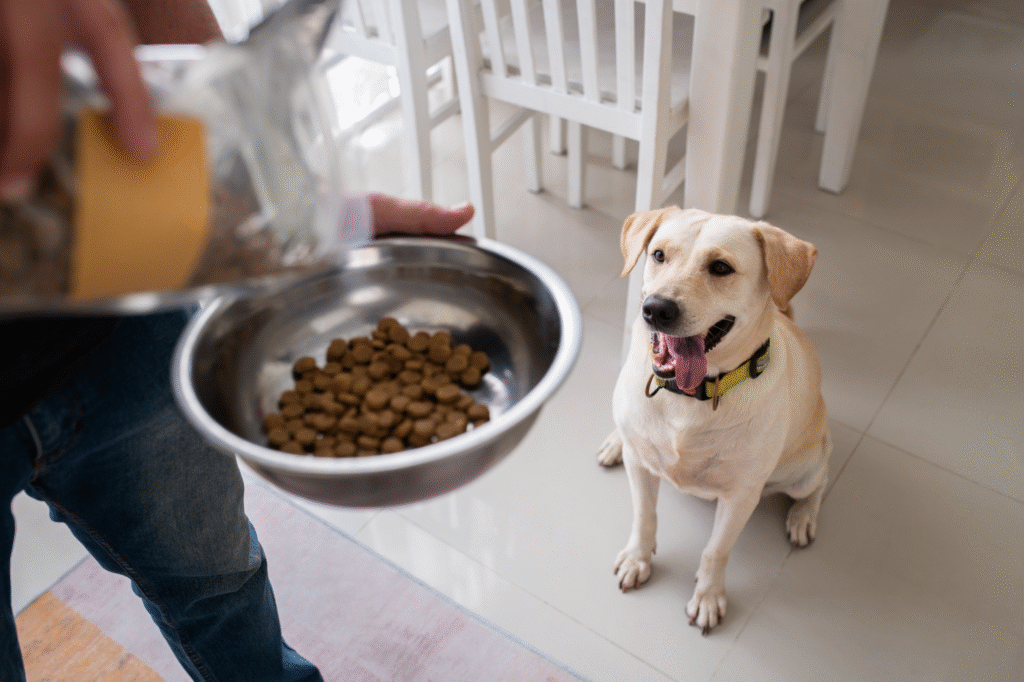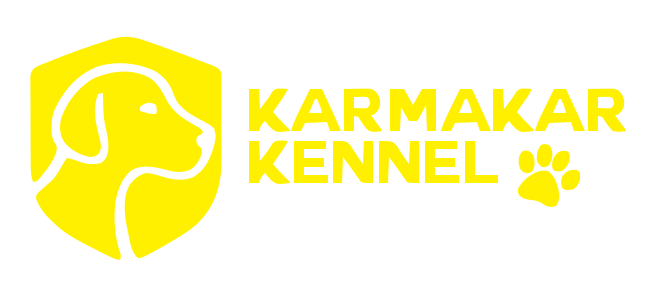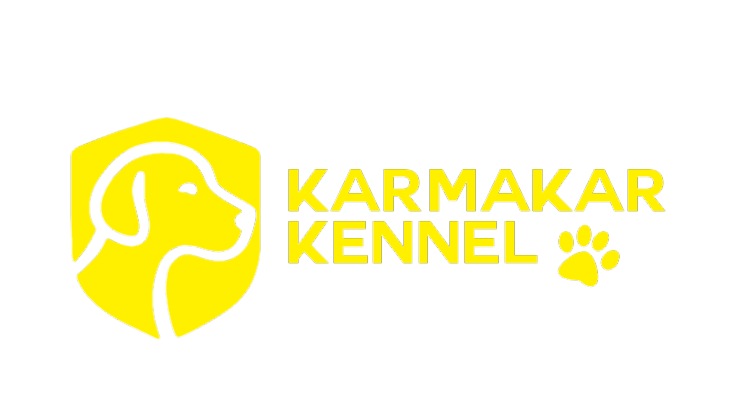Best Dog Food India: The Ultimate 5-Step Guide to Decoding Pet Food Labels

Choosing the best dog food India can be a daunting task for any pet owner. The pet food aisle is often filled with appealing packaging and marketing jargon that can be misleading. However, the pet food label is a regulated document, and learning to decode it is the key to ensuring your dog receives safe, complete, and balanced pet food nutrition tailored to their specific needs.
1. The Foundation: AAFCO and Nutritional Adequacy
While India does not have a single regulatory body like the FDA, most reputable international and domestic brands follow the guidelines set by the Association of American Feed Control Officials (AAFCO).
The Most Important Statement
The single most crucial phrase on any pet food package is the Nutritional Adequacy Statement. This confirms the food is safe and complete.
- “Complete and Balanced”: This means the product contains all the nutrients required (complete) and that those nutrients are present in the correct ratios (balanced) for the pet’s species and life stage.
- Life Stage: The statement specifies the life stage for which the food is suitable. The recognized life stages are: Growth (puppies), Maintenance (adults), Gestation/Lactation (pregnant/nursing), and All Life Stages.
2. Deciphering the Ingredients List
The ingredients list is not a guide to quality, but a list of the components that provide the nutrients. It is listed in descending order by weight, meaning the first few items are the most abundant.
What to Look for at the Top:
- Named Animal Protein: Look for real, named protein sources like “Chicken,” “Lamb,” or “Salmon” as the first one or two ingredients. This confirms that the primary source of protein is real meat, which is essential for muscle health.
- The Water Trap: Be cautious if fresh meat is listed first, as ingredients are weighed before processing. Fresh meat can be up to 75% water, which is removed during kibble processing. A “Chicken Meal” or “Lamb Meal” ingredient, though rendered, is a dried, concentrated form of protein and can often be a higher protein source by volume.
- Natural Preservatives: High-quality foods should use natural preservatives such as Vitamin E (often listed as mixed tocopherols) and Vitamin C (ascorbic acid).
What to Be Wary Of:
- Vague Terms: Beware of vague terms like “meat by-product” or “animal digest,” which are less clear about the source and quality of protein.
- Fillers: Common fillers like corn, wheat, or soy should not be the main components of a high-quality diet.
- Marketing Jargon: Terms like “Natural,” “Organic,” or “Holistic” can be persuasive but do not automatically guarantee superior pet food nutrition. “Holistic” has no regulatory definition.
3. Interpreting the Guaranteed Analysis (GA)
The Guaranteed Analysis is a chart that provides minimum and maximum levels of key nutrients. It must always list the minimum percent of crude protein and crude fat, and the maximum percent of crude fiber and moisture.
Comparing Wet vs. Dry Food:
The GA values are listed “as fed,” meaning they include moisture. This makes direct comparison between a dry kibble (low moisture) and a wet food (high moisture) unreliable.
- Dry Matter Basis (DMB): To make a fair comparison of crude protein or fat content, you must convert the values to a DMB. This involves correcting for the moisture content in the food to determine the true nutritional value.
4. Selecting the Right Pet Food Nutrition for Life Stages
A dog’s nutritional requirements change drastically throughout its life. Selecting food for the correct life stage is vital to provide pet food nutrition that supports their specific energy demands.
| Life Stage | Energy & Protein Needs | Key Considerations |
| Puppy (Growth) | Highest protein, calories, and minerals. | Requires a diet that supports rapid growth and bone development (calcium/phosphorus balance is key). Large breeds have specific requirements to prevent joint issues. |
| Adult (Maintenance) | Moderate energy and protein. | Needs food to maintain muscle mass and prevent excess weight gain. The minimum protein requirement is 18% DM. |
| Senior (Ageing) | Adapted energy intake. | May have reduced calorie needs but requires high-quality protein to maintain muscle mass. Often requires nutrients like Glucosamine/Chondroitin for mobility and high Vitamin C/E for immune support. |
| Special Cases | Higher nutrient needs. | Pregnant or lactating dogs, as well as working dogs, require diets rich in high-quality protein and increased calorie intake. |
Best Dog Food India Recommendations (Available Online)
Here are examples of reputable, high-quality dog food brands available for easy purchase in India:
| Life Stage / Type | Recommended Product Example | Amazon India Link |
| Puppy (Growth) | Royal Canin Maxi Puppy Dry Dog Food (for large breeds) | Check Price on Amazon India |
| Adult (Maintenance) | Farmina N&D Ancestral Grain Adult Chicken Formula | Check Price on Amazon India |
| High Protein / All Stages | ORIJEN Original Dry Dog Food (High Meat Inclusion) | Check Price on Amazon India |
Conclusion
Choosing the best dog food India is an ongoing part of responsible pet ownership. By focusing on the Nutritional Adequacy Statement, prioritizing named animal proteins in the ingredients list, and ensuring the food matches your dog’s specific life stage, you can confidently navigate the market.
Ready to Find the Perfect Companion?
If you are a first-time owner and need guidance on puppy health and care, start with our essential reading:
- Puppy Care & Setup: First-Time Pet Owner’s Checklist: What You Need for Your New Puppy (Internal Link)
- Breed & Diet Check: Considering a Lab? Their high-energy lifestyle requires a specific diet. Read our guide: The Labrador Retriever: Why It’s India’s Most Popular Family Dog (Internal Link)
We, at Karmakar Kennel, are always available to help you understand your puppy’s unique needs. Contact us directly at +91 9830299176 | thekarmakarkennel@gmail.com to discuss the best nutritional plan for your specific breed!


